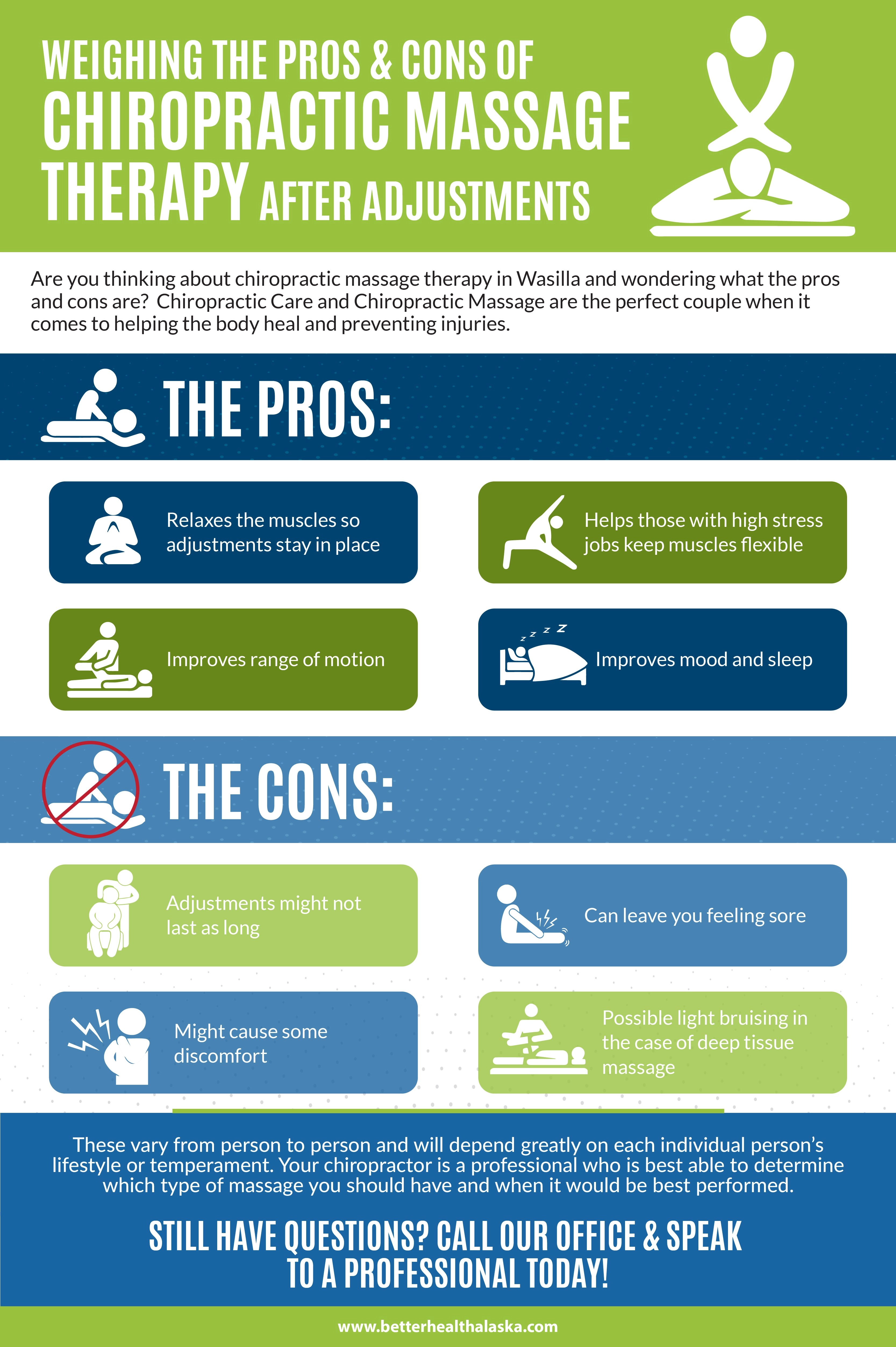Just When You Think Alleviation Is Near, Soft Tissue Treatment Reveals Its Unpleasant Truths-- Uncover Why The Procedure Can Be Unpleasant Yet Beneficial
Just When You Think Alleviation Is Near, Soft Tissue Treatment Reveals Its Unpleasant Truths-- Uncover Why The Procedure Can Be Unpleasant Yet Beneficial
Blog Article
Article Created By-Carstens Yildiz
When you undergo soft Tissue therapy, you could locate it surprisingly uneasy. This discomfort develops as stress is applied to tense muscle mass and damaged tissues, triggering your discomfort receptors. While it can feel stressful in the minute, there's a factor behind this experience. Recognizing what occurs in your body throughout these therapies can aid you appreciate the process. So, what exactly is going on under the surface area?
The Physiology of Discomfort During Soft Tissue Therapy
When you undertake soft Tissue therapy, your body's action to pain is a complex interaction of physical procedures. As what toxins are released after a massage uses stress, your body turns on pain receptors, sending signals to your brain. This triggers the release of natural chemicals, such as material P and glutamate, which intensify the experience of discomfort.
Your muscular tissues may also tense up in response, additional complicating the experience. In addition, your body may launch endorphins, all-natural medicines that can assist minimize some pain.
The communication between these procedures can create a distinct experience for each individual. Understanding this physiological feedback assists you browse the experiences during therapy, enabling you to appreciate the equilibrium in between pain and the potential for recovery benefits.
The Role of Discomfort in the Recovery Refine
Although pain during soft Tissue treatment can feel overwhelming, it plays a critical function in the recovery procedure. When you experience discomfort, your body is signifying that it's working to repair broken cells. This action helps boost blood circulation to the afflicted area, delivering important nutrients and oxygen needed for recovery.
In addition, pain can advertise the release of endorphins, your body's natural painkillers, developing a sense of relief post-treatment. Welcoming this discomfort can assist you comprehend your body's limits and motivate you to resolve underlying issues.
While it's uncomfortable now, this procedure is essential for long-term recuperation and enhanced feature. Identifying pain as a vital part of recovery can encourage you to remain committed to your therapy.
Tips for Managing Discomfort During and After Therapy
Handling pain throughout and after soft Tissue therapy can dramatically improve your total experience and healing.
To start, interact openly with your therapist about your discomfort degrees; they can change strategies as necessary. Making use of deep breathing techniques can likewise aid you kick back and alleviate pain.
Consider applying someone to help with your return-to-play plan to the treated location post-session to decrease inflammation and numb discomfort. Staying moisturized help in the recuperation process, so drink a lot of water.
Gentle extending and light motion after therapy can advertise blood circulation and ease rigidity. Lastly, ensure you obtain appropriate rest to enable your body to heal.
Carrying out these pointers can make your soft Tissue therapy extra convenient and pleasurable.
Final thought
Finally, while soft Tissue therapy can be unpleasant, it's vital to recognize that this pain plays an important role in your recovery trip. By understanding the physiological actions at play, you can come close to the treatment with a much more positive attitude. Remember, the initial pain commonly gives way to relief as your body launches endorphins. Welcome the procedure, and do not be reluctant to use the suggestions for managing discomfort to boost your experience and healing.
